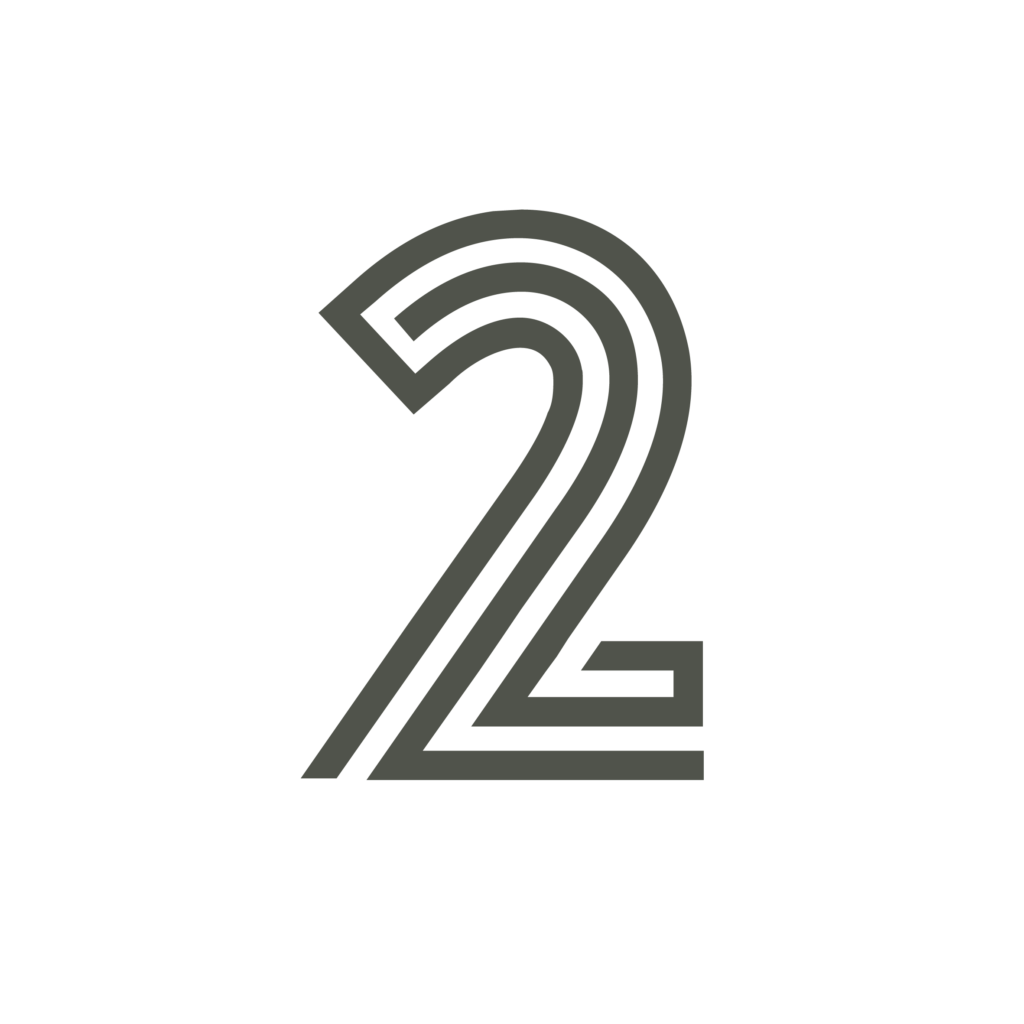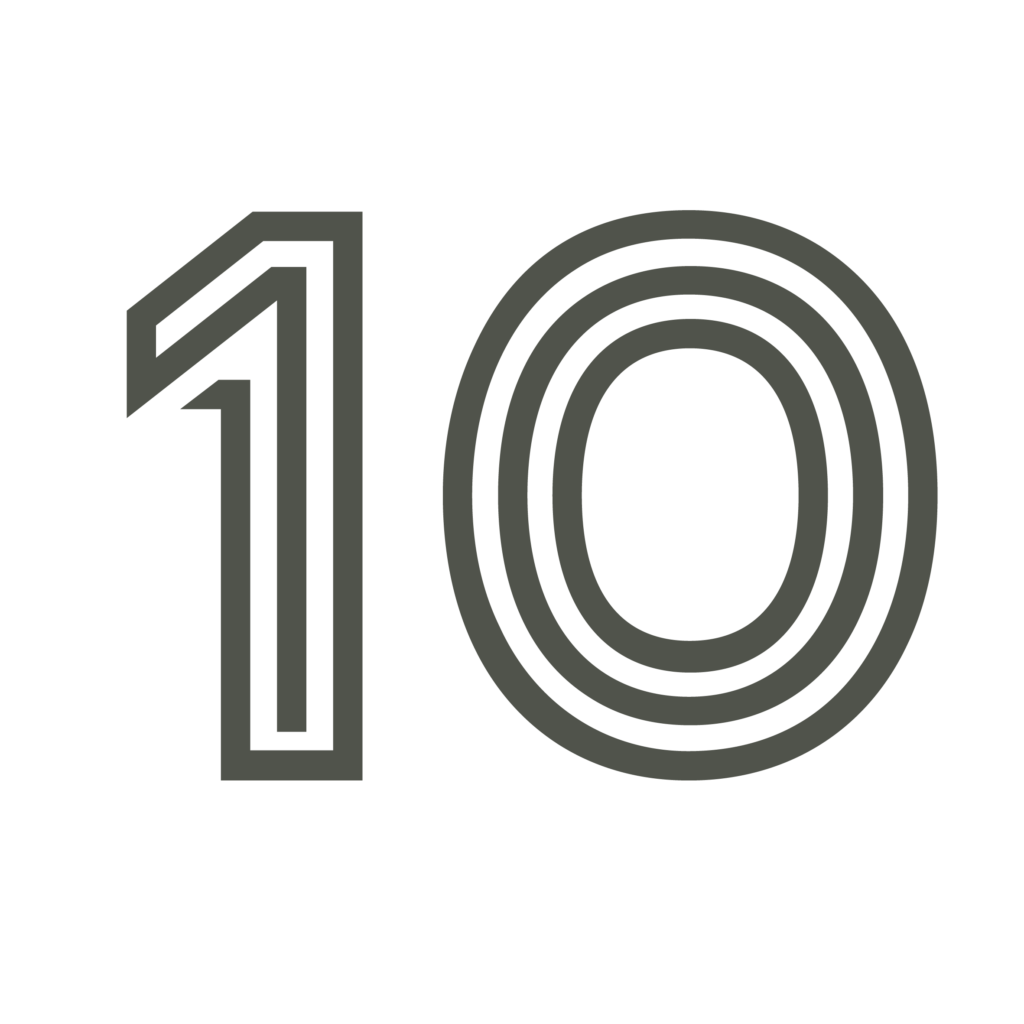
Sarah Barron – VAT Senior Manager
VAT inspections used to be a fairly regular occurrence for VAT registered business owners. Whilst the number of routine VAT inspections has decreased significantly over the past 5 to 10 years, due to a more targeted and risk based approach by HMRC, the experience remains one that most businesses dread. This doesn’t need to be the case, if VAT records are well kept and care is taken to avoid the most common errors.
What are the top 10 VAT inspections errors?

VAT on fuel
Many businesses reclaim VAT on fuel purchased for the business, but make the mistake of not restricting the proportion to fuel used exclusively for business purposes. HMRC will expect to see detailed mileage records to support these claims. Where detailed mileage logs are too onerous to maintain, the business must pay a scale charge as output tax, to account for the private use element of the fuel purchased.
Car fuel scale charges are easily missed and probably the most frequent error found in a routine VAT inspection. Whichever method of VAT recovery of fuel is selected, receipts to support VAT recovery are required.

VAT on Motor Cars
HMRC will disallow VAT recovery on the purchase of a car for use in the business, unless it can be demonstrated that the car is, and can only be, used exclusively for business purposes. VAT can only be reclaimed on a pool car, where it can be demonstrated that the strict conditions around their use are met.
Another common error is where 100% of the VAT charged on cars leased for business use is recovered as input tax. Input tax recovery on leased cars should be restricted to 50% and must be supported by a VAT invoice.

Not charging VAT on non-standard supplies
Businesses are usually good at charging VAT correctly on their core business supplies. However, as soon as something slightly out of the ordinary, or less regular, occurs, income can be overlooked or the wrong treatment applied. Examples included inter-company management charges, supplies made to staff, barter transactions (where no money changes hands), property letting and recharges of costs to third parties.

Receipt of reverse charge services
Today’s business activities are often worldwide, with UK businesses receiving supplies of services from suppliers based overseas. More often than not, invoices received from overseas businesses will not include a charge to UK VAT. Subject to limited exceptions, this is correct but UK VAT should instead be accounted for on the value of those supplies by the UK business buying the services, under the reverse charge procedure.
The VAT that would be payable, had the service been purchased from a UK supplier, should be declared in Box 1 of the VAT return by the recipient, with the input tax claimed as normal in box 4. For many businesses this accounting procedure will have no net impact on their VAT return, but for businesses that are partially exempt, correctly recording receipt of reverse charge services can result in an input tax restriction.
Buying reverse charge services from an overseas supplier will also bring forward the date when a business exceeds the VAT registration threshold, as the value of services purchased is added to the sales the unregistered business makes and counts towards the registration threshold.

Recovering VAT on entertainment
HMRC have always looked closely at business entertainment to ensure that input tax is not claimed in relation to this expense. Many businesses do not appreciate that taking a client, or potential client, to lunch is considered business entertaining, with many arguing that it is simply a marketing opportunity. However, any form of entertainment remains blocked from input tax recovery and some business owners continue to be caught out.

Aged Creditors
Many businesses are familiar with the bad debt relief rules as they apply to claiming back VAT on an unpaid debt. However, the majority fail to consider the flip side of this rule which requires the business to repay input tax to HMRC that has been recovered on invoices received from suppliers, but where payment to the supplier remains outstanding after 6 months.

Import VAT
Import VAT can only be recovered by businesses following receipt of official documentation from HMRC to evidence the import, known as the C79 certificate. This is normally received approximately 3 weeks after the month end in which the goods were received in the UK. Many businesses make the mistake of reclaiming based on invoices, which is not acceptable for the purpose of claiming import VAT.

Failing to account for VAT on deposits
Often businesses will take deposits from customers when accepting an order for goods or services, but fail to account for VAT on these payments until the balancing payment has been received. This is incorrect, as receipt of payment, in full or in part, creates a tax point for VAT purposes and VAT is due at the date payment is received, unless an invoice has already been issued.

Reclaiming input tax without supporting invoices
In order to recover VAT incurred on expenses, a business is required to retain evidence to support the expenditure in the form of a valid VAT invoice. Where no such evidence is retained, HMRC will refuse recovery of VAT unless they can be persuaded to accept alternative evidence. The level of evidence required in the absence of a VAT invoice is high and to avoid having to provide this, the business should chase up missing invoices prior to submitting their VAT return.

VAT claimed on non-vatable items
Finally, once registered for VAT many businesses make the mistake of assuming that VAT is chargeable on everything and therefore assume that all business expenses include VAT.
A common mistake is therefore recovery of VAT on air fares, train fares and taxis. Passenger transport is normally zero rated. Taxi fares are often outside the scope of VAT, if the supplier is not registered for VAT. VAT on expenditure in other EU Member States cannot be reclaimed on the VAT return, but a separate EU claim can be made.
For help avoiding these common VAT inspection errors or to talk through your VAT questions, contact Sarah Barron or the wider VAT advisory team.
Posted in Blog, Healthcare, Hospitality & leisure, Manufacturing, Not-for-profit, Property & construction, Retail, Technology, Transport & logistics, Recruitment, Legal Services, Financial Services